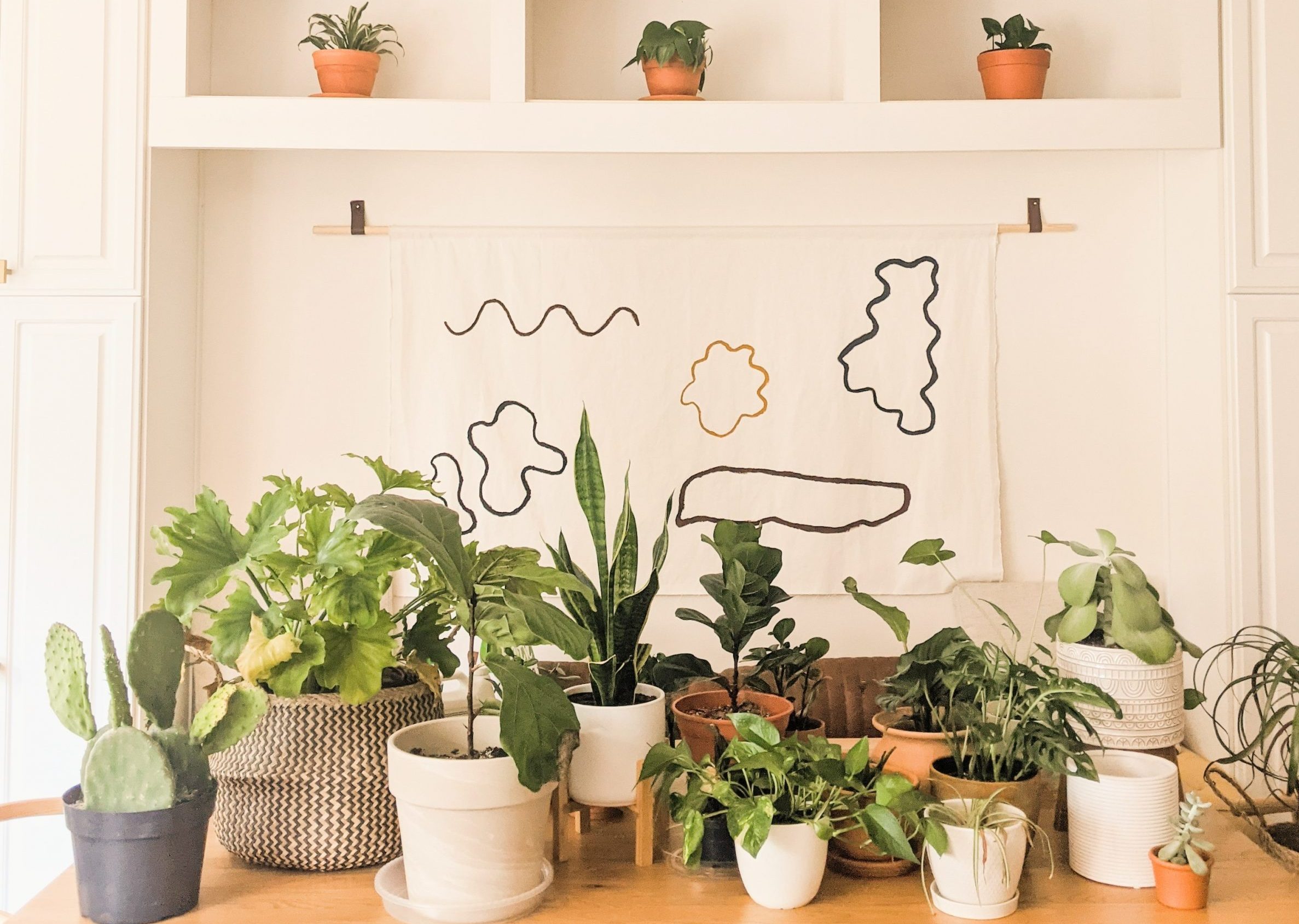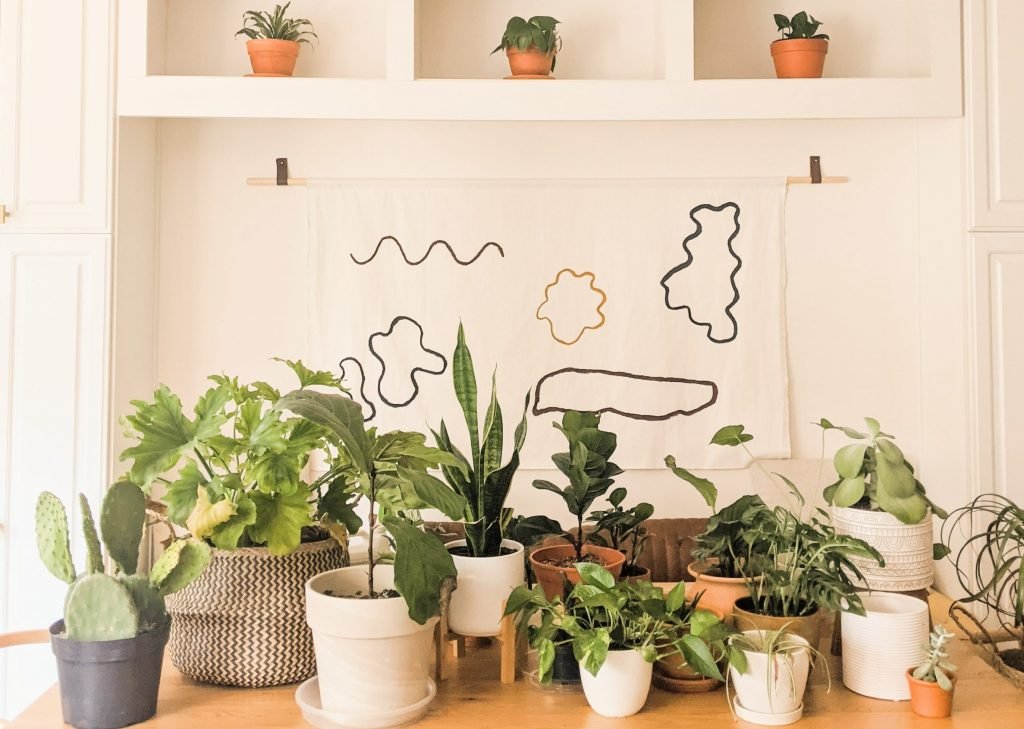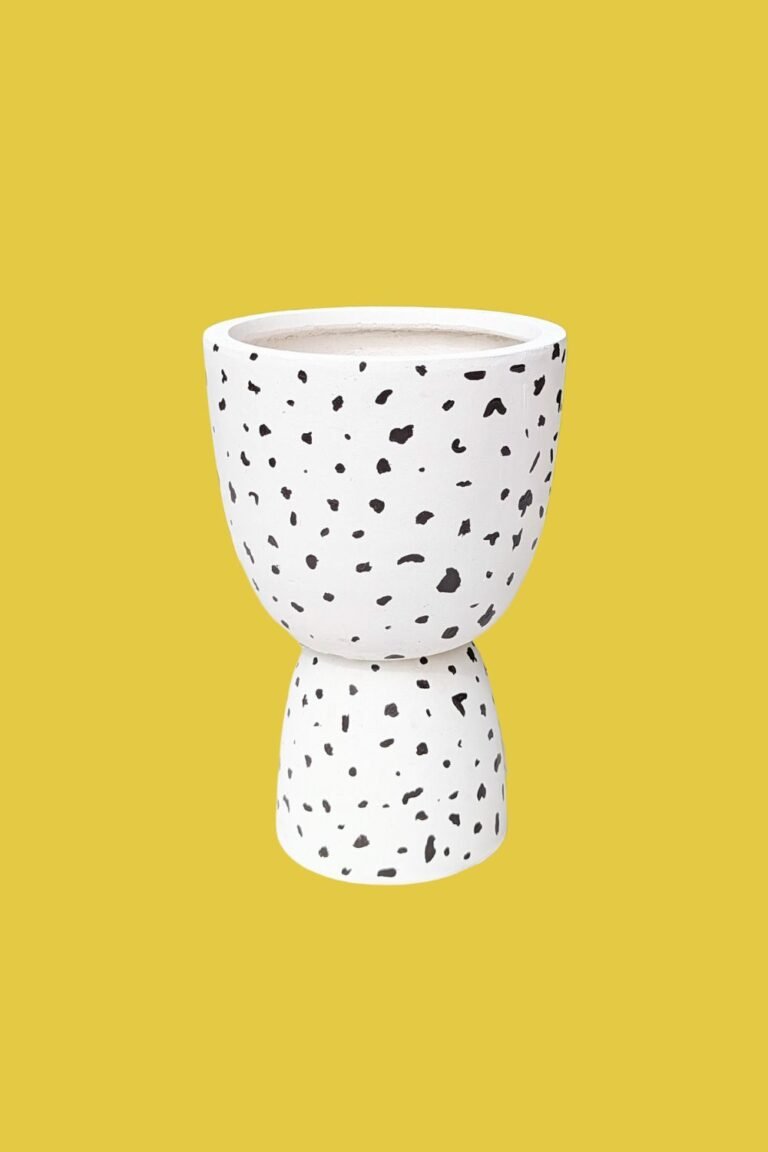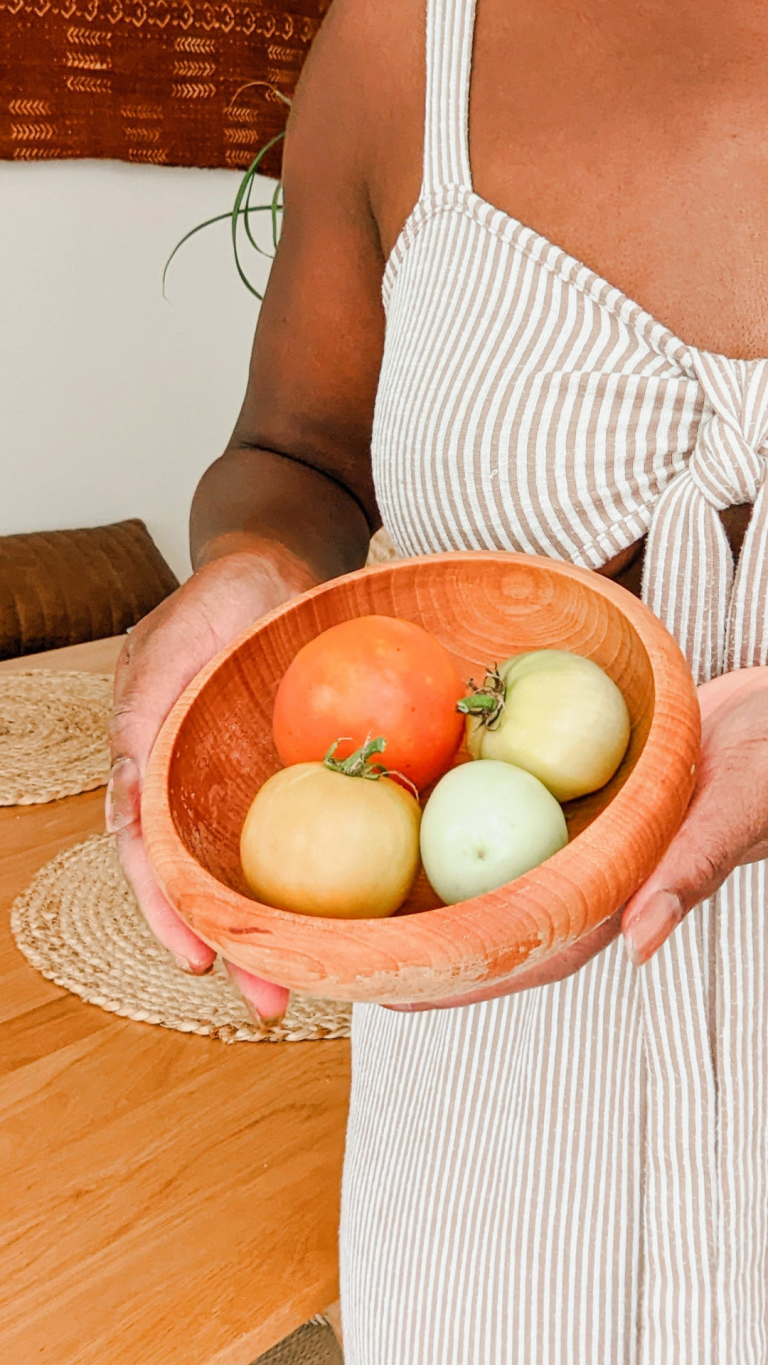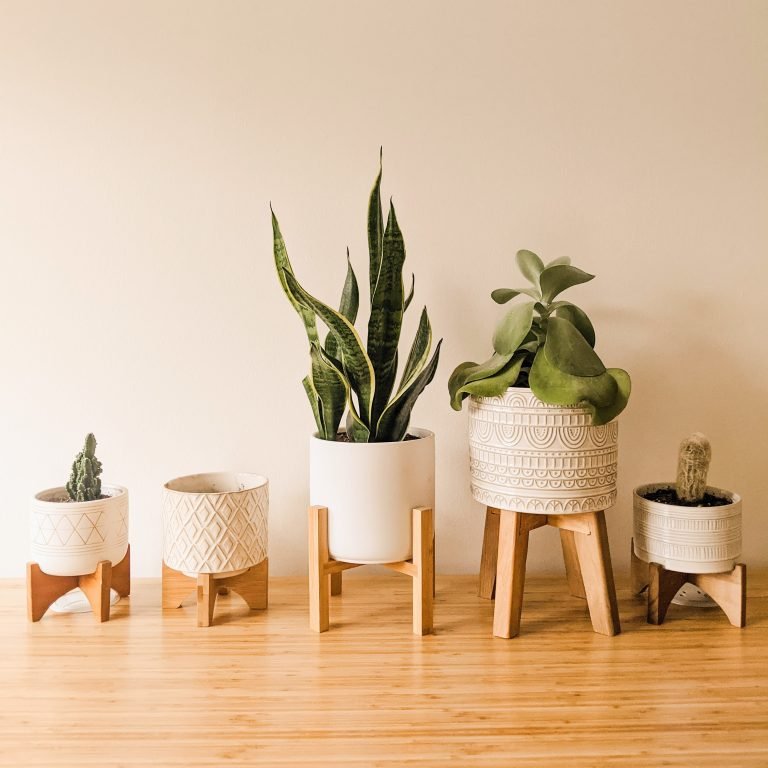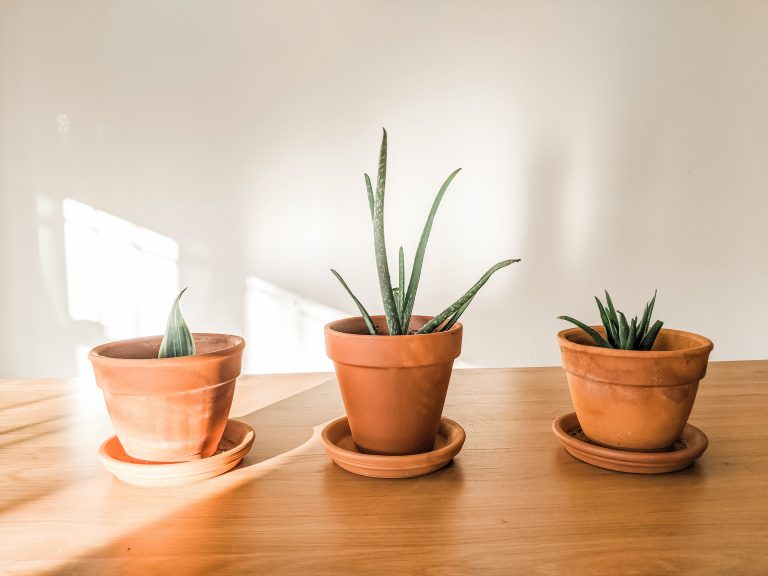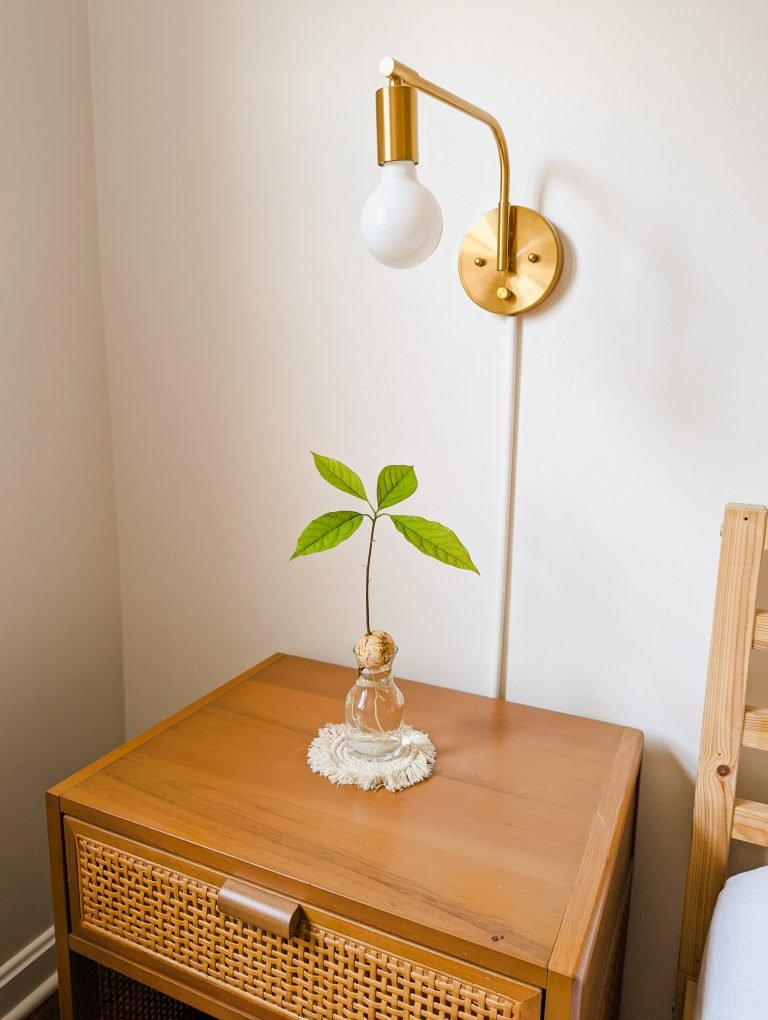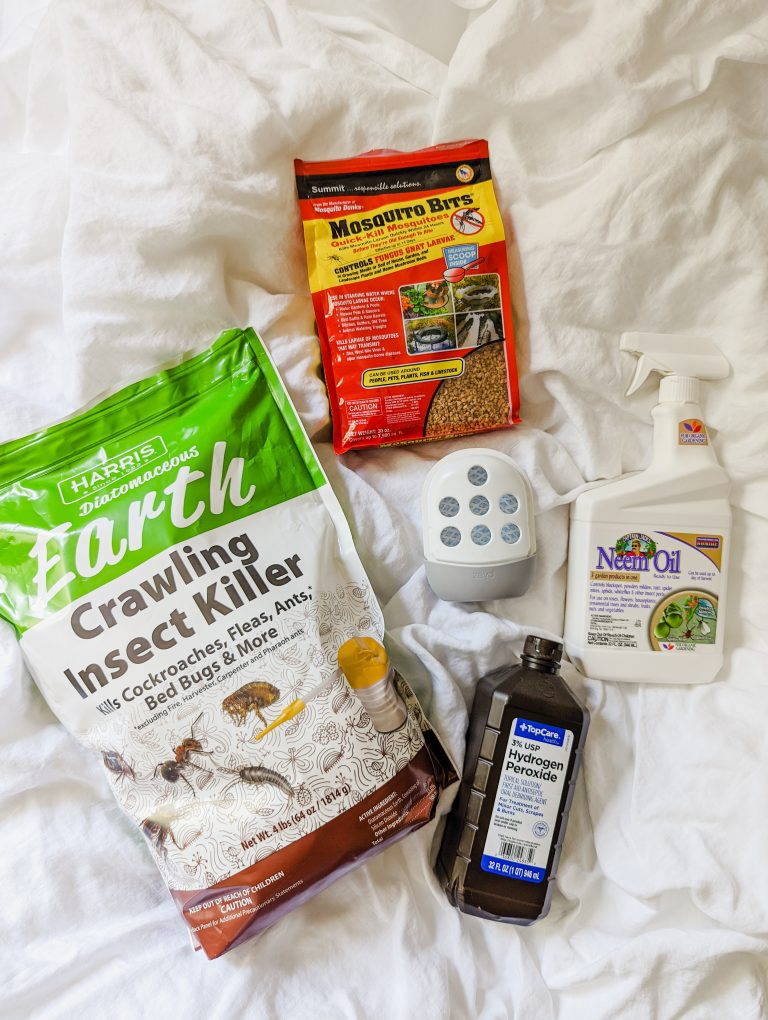9 Signs That Your Plant Needs to Be Repotted
You may have gotten a houseplant then realized, “How do I know when to repot this plant?” So basically houseplants are like hermit crabs. In order for them to continue to thrive they need to upgrade their “shell”. They need more space to spread their roots and new media to get nutrients from. I have found that most plants need to be repotted around the 1 year mark, but it depends on how fast your plant grows. Read along to know exactly when to repot your plant. Note that you may see a combination of these signs!
1. Roots coming out of the bottom
If you see roots growing through the drainage hole, that means your plant is looking for more space.
2. Roots coming out of the top
When you see your roots growing out of the top that means it REALLY needs to be repotted. Plants naturally send their roots downward in response to water being pulled down by gravity. If roots are going up that means the space below is occupied and they’re trying to catch water above instead. Watch this reel for an example; the Monstera Deliciosa roots grew down then looped back up to the top.
3. Roots circling the pot
Roots will circle trying to maximize their space to take up available nutrients. Watch this reel for an example.
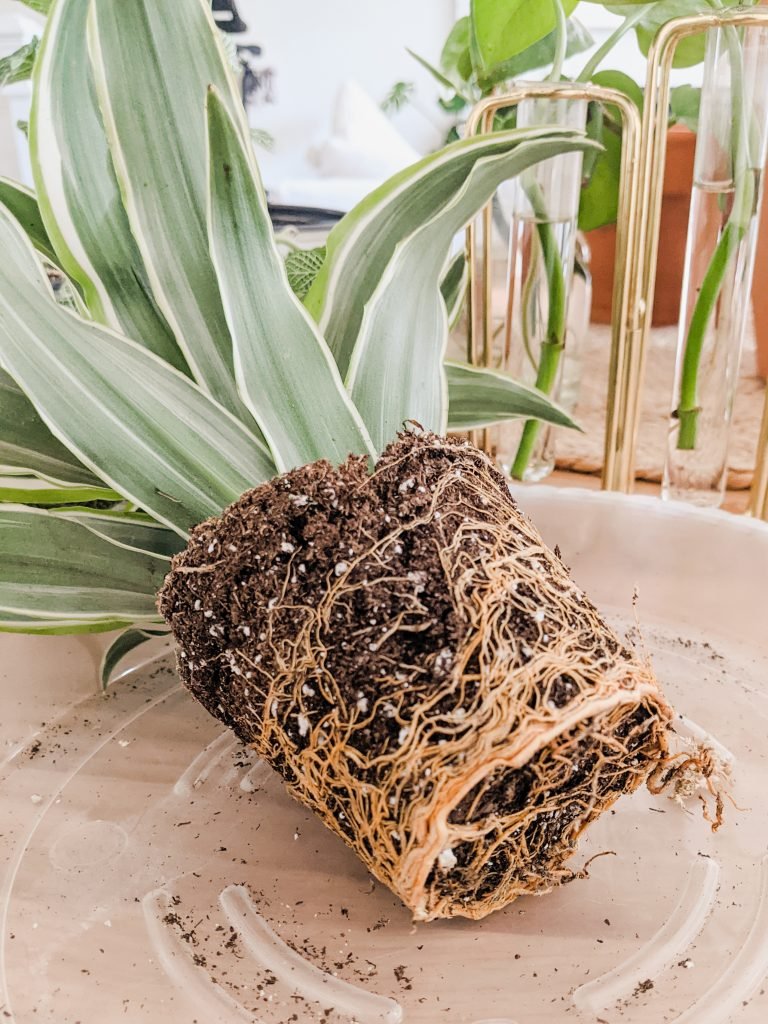
4. No new growth
This is a sign that your plant isn’t able to get nutrients! Repotting in a nutrient rich soil suitable for your plant should remedy this.
5. New growth is smaller
Your plant is using the available nutrients which isn’t enough, hence the super tiny leaves.
6. Yellowing leaves
Yellowing leaves is usually a sign of nutrient imbalance or inadequate watering. If the leaves of your plant continue to yellow even after fertilizing with the appropriate nutrients, that could mean that there isn’t enough soil to hold on to the fertilizer!
7. Mineral build up
If you see mineral deposits on top of your soil or around your planter AND you’re watering with filtered water, it could mean that you are having a drainage issue. This can be caused by a combination of Sign #1 and Sign #3. The plugging of draining holes and circling of roots from the bottom can cause the soil to compact and water will not flow freely.
8. Leaf loss
This is a sign of nutrient diversion due to lack of nutrients. Your plant will stop sending nutrients to its leaves in order to save its core stem!
9. Plant is constantly falling over
This means that your plant to planter ratio is off. Your plant weighs too much on top and so your planter cannot support it. The rule of thumb is to upgrade to a planter that is about half the height of your plant.

